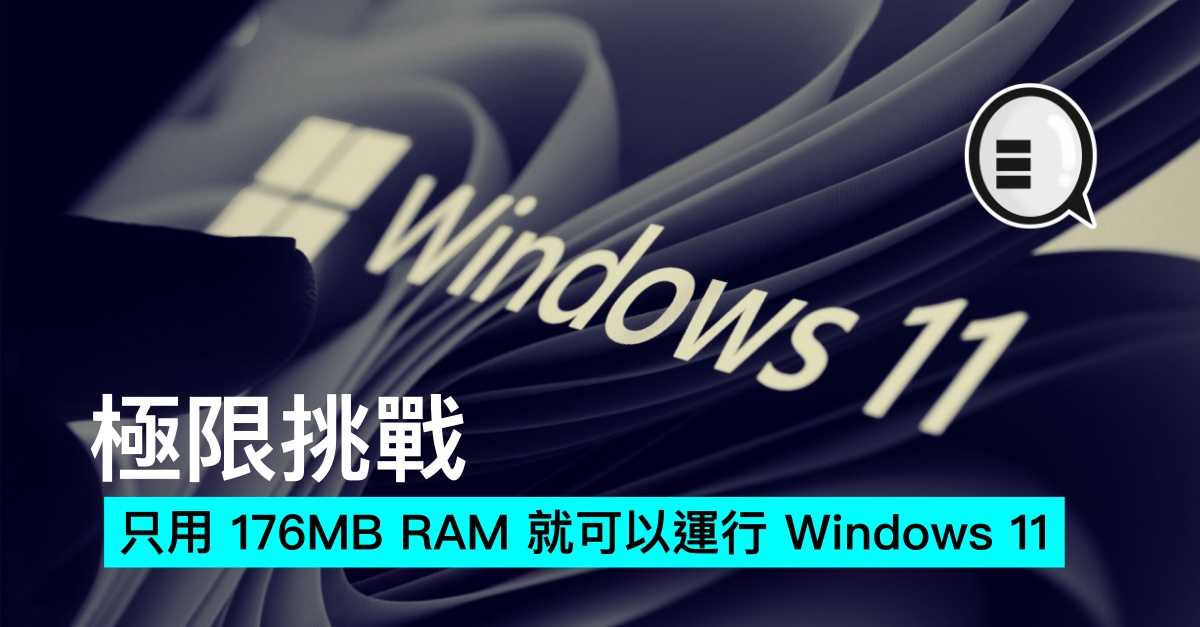Title: Developer Successfully Runs Windows 11 on a Device with 176MB RAM, Testing the System’s Minimum Configuration
Date: [Current Date]
In a groundbreaking experiment, developer NTDev has pushed the boundaries of the Windows 11 system by successfully running it on a device with a mere 176MB of RAM. This achievement has sparked intrigue and raised questions about how low the system requirements for the operating system can truly be.
As part of the promotion for the Tiny11 project, NTDev delved deep into exploring the operational limits of the Windows 11 system, all while capturing the attention of tech enthusiasts seeking to push the boundaries of what is possible.
After numerous tests and meticulous experimentation, NTDev made a startling announcement: Windows 11 can function on a device with only 176MB of RAM, enabling normal desktop operation. To achieve this feat, NTDev had to undertake extensive simplifications to the components and drivers of the operating system, while simultaneously disabling a vast array of services.
It’s worth noting that fellow Windows Insider developer, Xeno, mentioned that running Windows 11 solely in plain text mode requires a meager 96MB of RAM. However, this is considered an atypical scenario that disregards the need for a graphical interface, making it somewhat impractical for everyday usage.
In contrast, Microsoft’s officially recommended system requirements for Windows 11 state a minimum RAM capacity of 4GB, which is a significant leap compared to the 176MB RAM successfully tested by NTDev—equivalent to less than 5% of the official requirement. Cognizant of the fact that average modern devices generally exceed this threshold, the achievement has ignited discussions about the potential for further optimization within the Windows 11 system.
While NTDev’s remarkable accomplishment highlights the flexibility and adaptability of the Windows 11 system, it is crucial to note that reducing the configuration to such minimal levels ultimately comes with certain trade-offs. Users may experience compromised features, limited multitasking capabilities, and an overall diminished user experience due to the lack of resources.
As the Windows 11 release approaches, the findings of NTDev serve as a reminder that Microsoft’s recommended system requirements should be regarded as a baseline for optimal performance. However, NTDev’s experimentation provides valuable insights into the system’s limits and the possibility of tailoring Windows 11 to specific use cases with lower resource availability.
The latest revelation by NTDev has generated excitement among the tech community, encouraging further discussions and exploration surrounding the potential reduction of Windows 11’s configuration. Whether Microsoft addresses this interest by developing a more streamlined version or it remains the domain of customization enthusiasts, it is evident that the boundaries of what the Windows 11 system can achieve continue to be pushed further.
